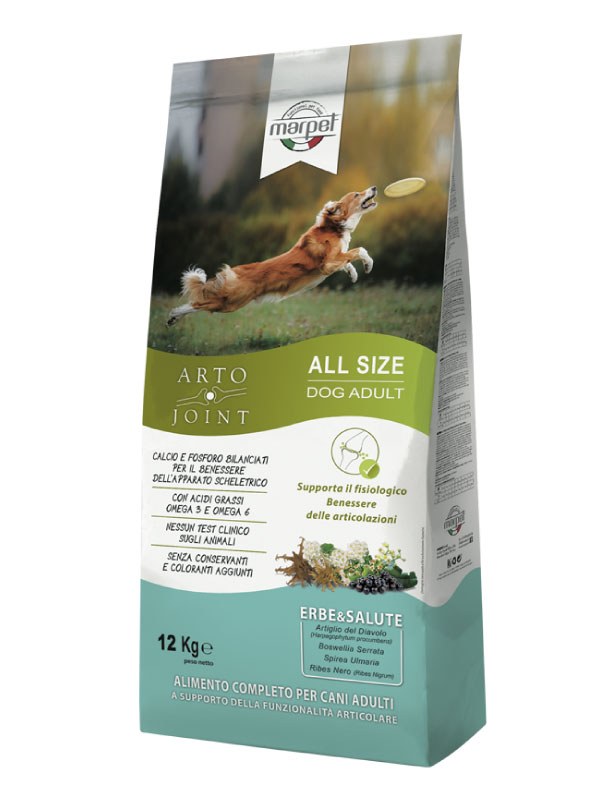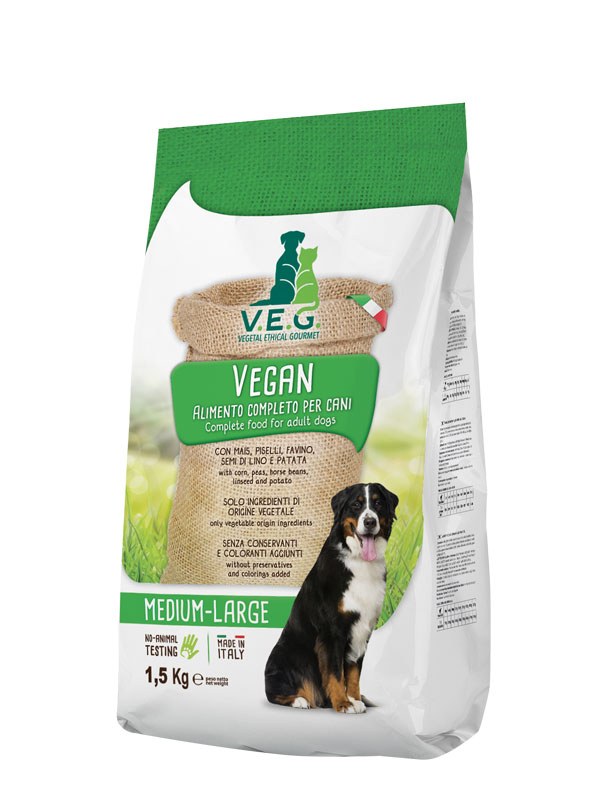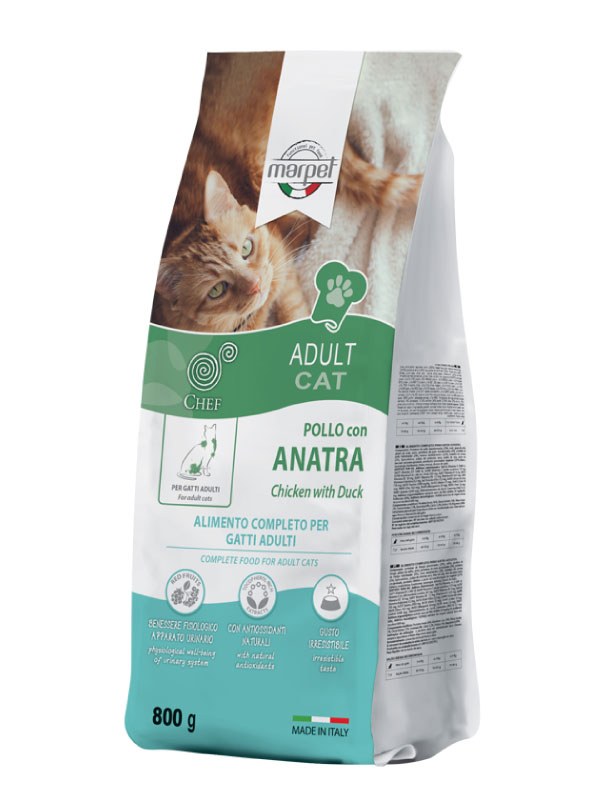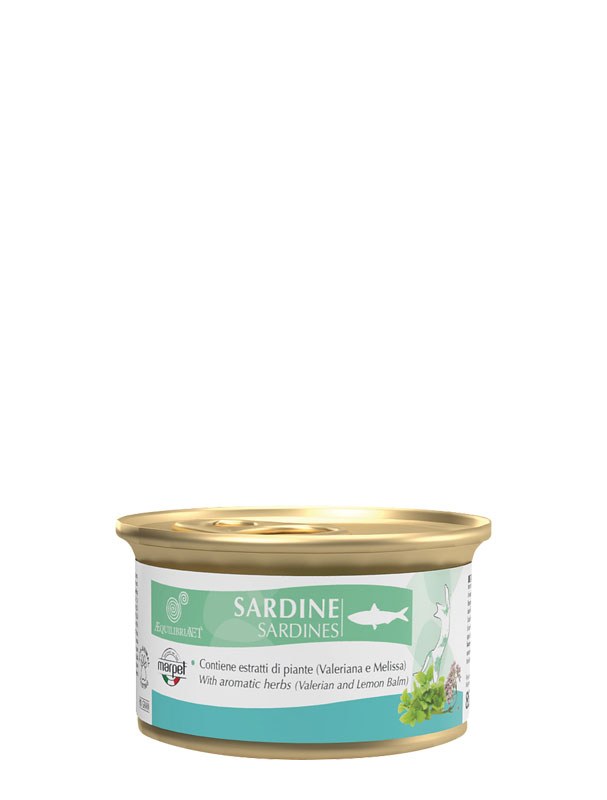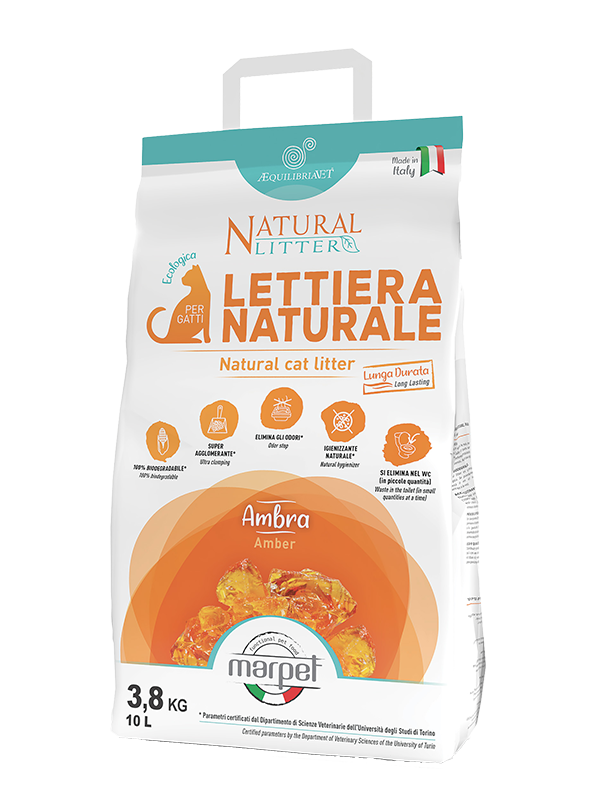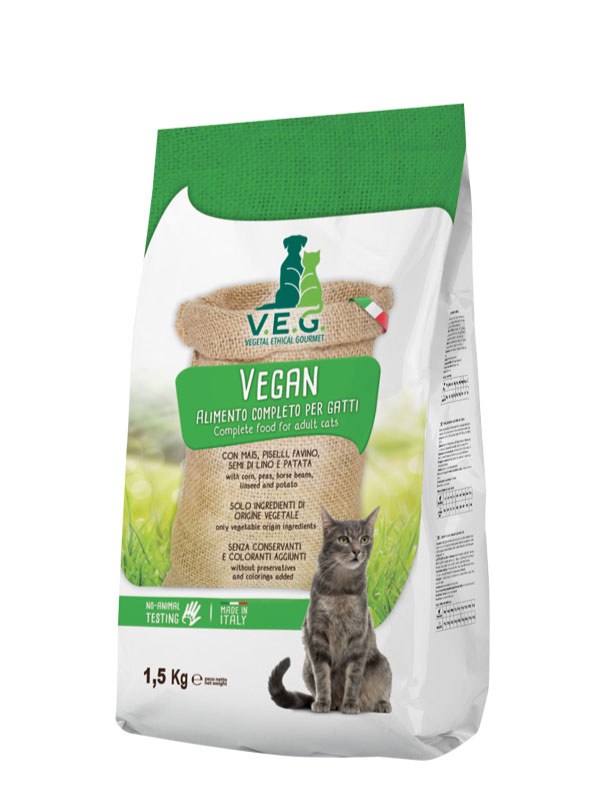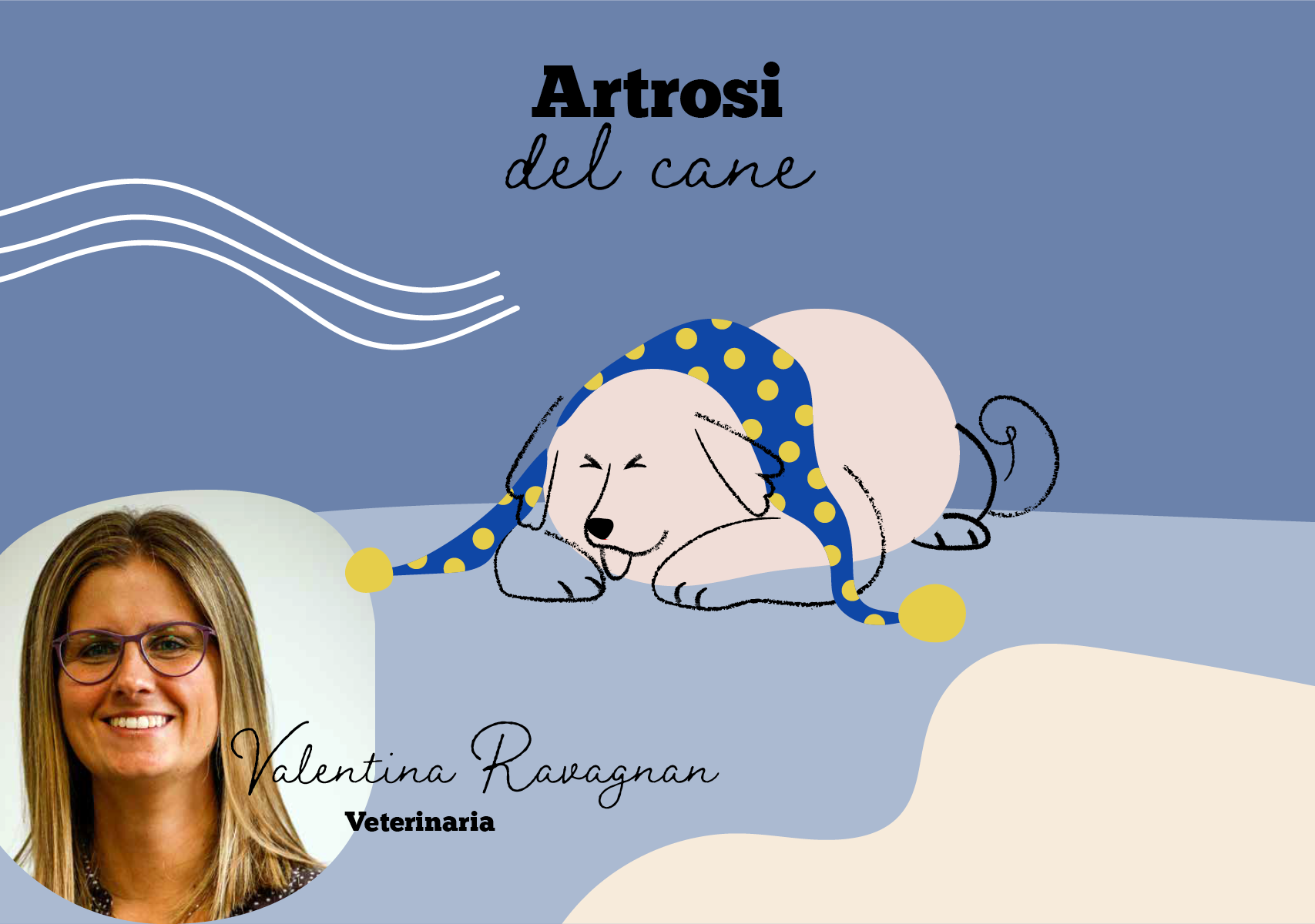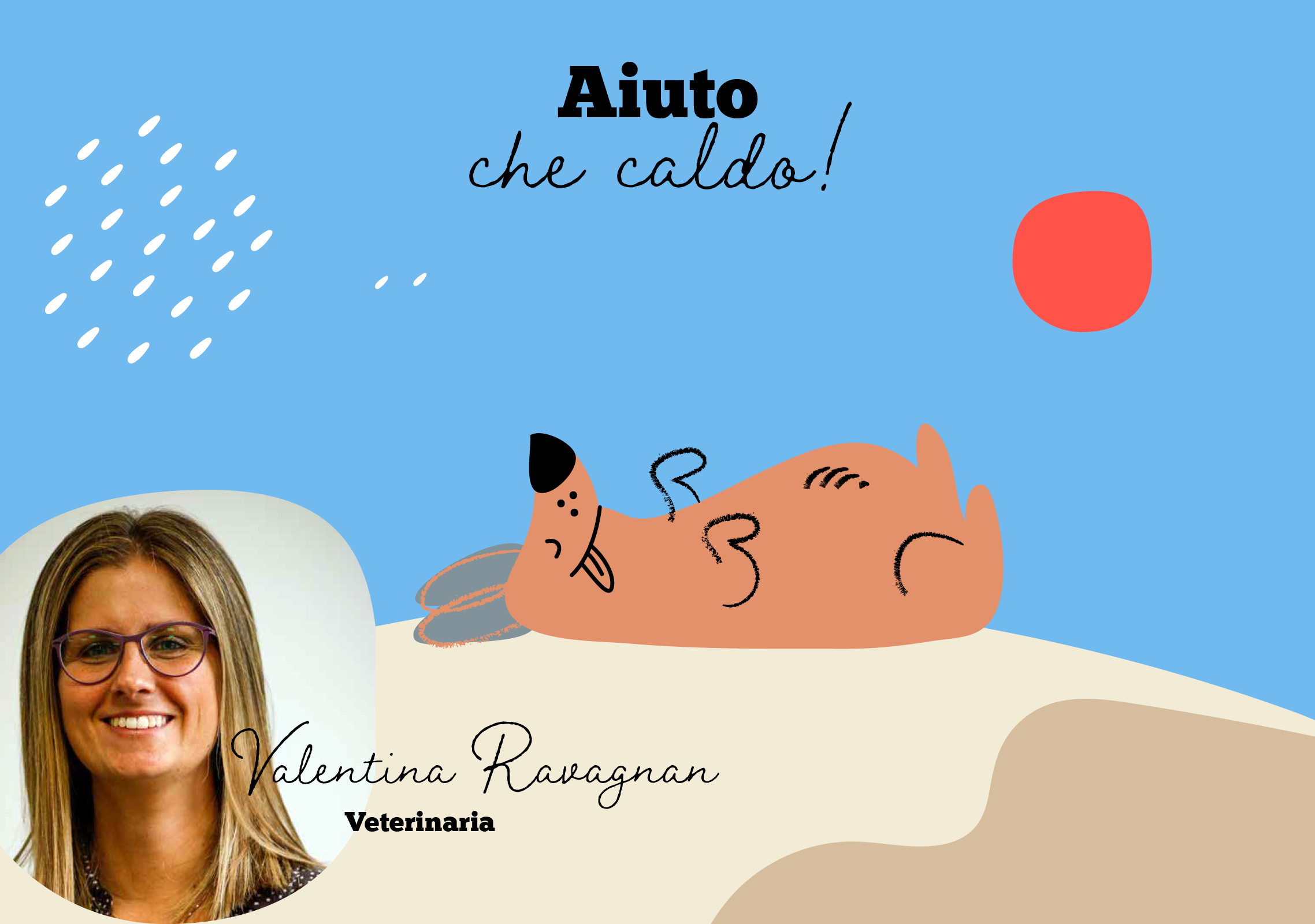HEAT STROKE: HOW TO AVOID IT AND HOW TO DEAL WITH THIS EMERGENCY
Especially during the warmer months of the year, temperature fluctuations and high temperatures can be very dangerous for us humans and our inseparable animal friends. What are the risks of heat stroke? And what are the best ways of preventing it? Let's find out together!
SOME BASIC INFORMATION.
A dog's normal body temperature ranges from 38°C to 39°C. Dogs do not tolerate high ambient temperatures particularly well because of their inability to dissipate heat by sweating. They dissipate heat by panting, i.e. by increasing their breathing rate with their mouths open. This helps them to introduce cooler air from outside to help evaporate heat in the upper respiratory tract.
IS THE TEMPERATURE RISING? WATCH OUT FOR SIGNALS FROM FIDO!
When the outside temperature is higher than the dog's body temperature, the mechanism just described may not be sufficient to cool the body. As the internal temperature rises, the dog suffering from hyperthermia becomes increasingly restless and manifests greater discomfort. The dog will pant, have difficulty breathing and become weak. Finally, in the most severe cases, the dog will collapse to the ground and may slip into a coma. At this point, unless the animal receives immediate and aggressive medical attention, death is unfortunately imminent.
HOW TO PREVENT IT? SOME SIMPLE BUT VALUABLE ADVICE.
To prevent heat stroke we must basically reason with common sense and do what we would do for us "bipeds": do not go out in the hottest hours and in general favour running and walking in the coolest hours, keep your dog hydrated by always leaving fresh, clean water available. But, above all, never leave your faithful friend in the car, not even with the windows open and in the shade! Cars can turn out to be veritable devil's traps that put their health at serious risk.
WHAT CAN WE DO IN AN EMERGENCY?
Heat stroke is a medical emergency not only for us but also for our pets. Let's see what to do and what not to do to manage this situation in the best possible way.
WHAT TO DO
- Immediately move the animal from the place where the heat stroke occurred to a cool, shaded area and alert the nearest veterinary centre.
- If you can, immediately measure the dog's temperature using a rectal thermometer (remember that the physiological temperature is approximately 38° to 39°).
- Start cooling your dog by placing rags soaked in water at room temperature (which will gradually be replaced with cool water) over the neck, under the armpits and in the groin area. You can also wet the ears and legs with sponges of cool water.
- Take the animal to the nearest vet as soon as possible, as cooling alone is not enough to prevent heatstroke-related complications.
WHAT NOT TO DO
- Do not use ice water or ice for cooling.
- Do not over-cool the animal. The aim should be to bring the dog's temperature back up to 39°-39.5°C while taking it to the vet. Contrary to popular belief, lowering the temperature excessively can cause other damage, because if you cool the external parts of the body rapidly and intensively, you slow down the cooling of the internal organs, because excessive cold produces a sudden constriction of the superficial blood vessels, so that the internal organs remain isolated and do not cool down.
- Do not force the animals to drink, but keep fresh (not cold) water available for them only if they want it
A sense of responsibility, small precautions and the utmost care: these are the basic "ingredients" for enjoying the warmer months with your four-legged friends. Happy (6-legged) summer to all!
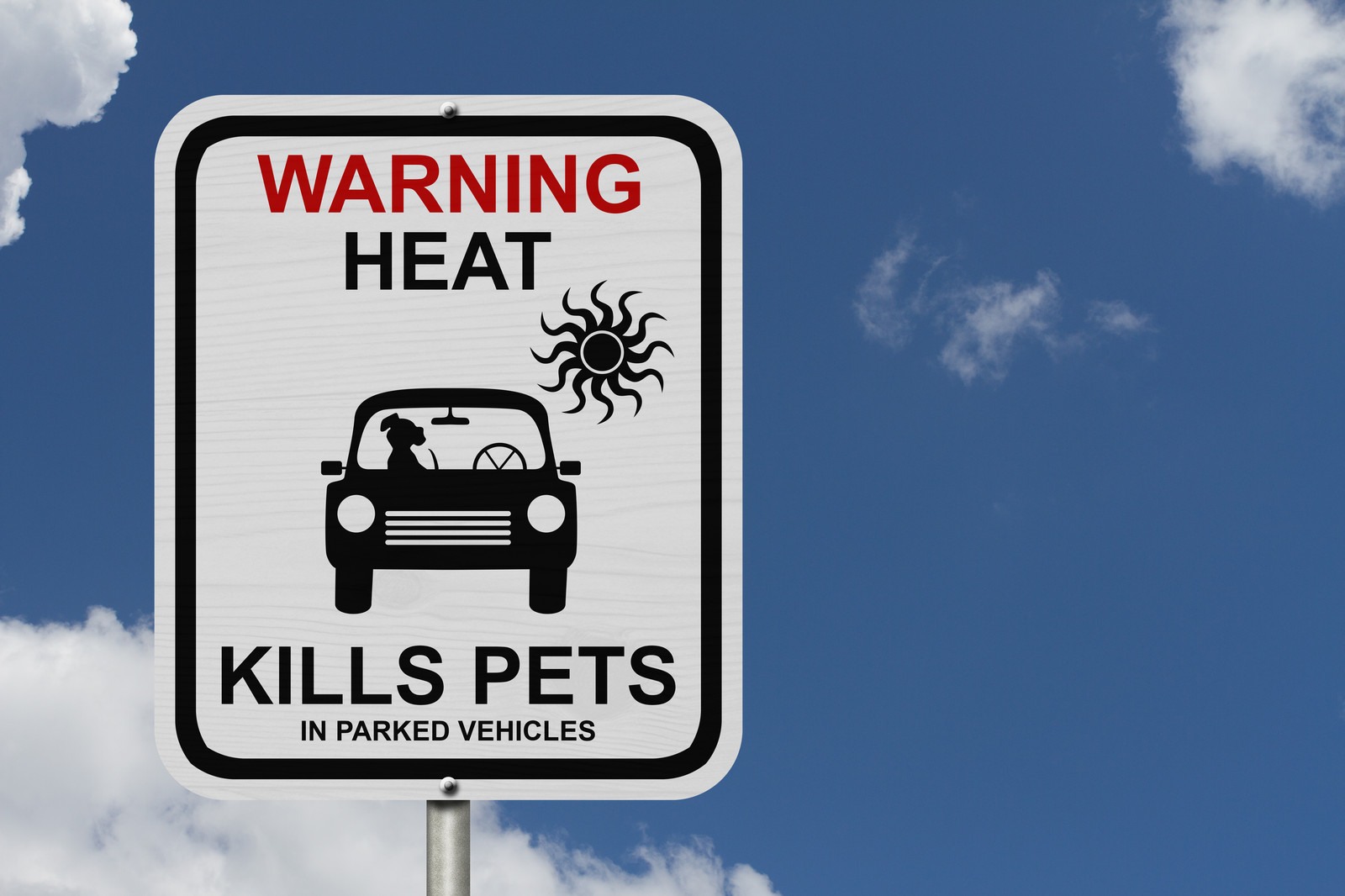
The arrival of autumn and the resulting cold weather is certainly a time of great interest for anyone with a dog or cat, especially if the animal is elderly or suffers from joint problems.
I prodotti monoproteici hanno preso parecchio spazio sugli scaffali dei nostri petshop preferiti. Ma cosa vuol dire alimento monoproteico?
Especially during the hottest months of the year, thermal changes and high temperatures can be really dangerous both for us humans and for our inseparable animal friends. What are the risks of so-called heatstroke? And what are the best ways to prevent its consequences? Let's find out together!


